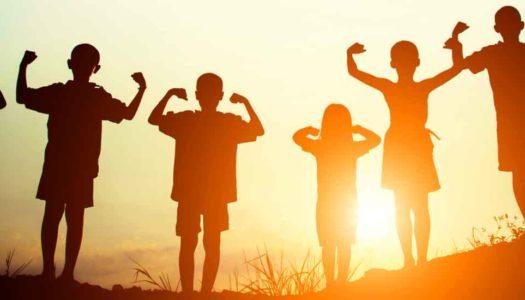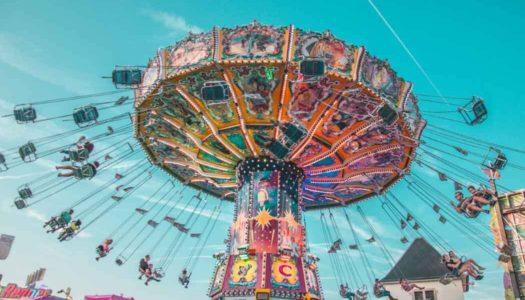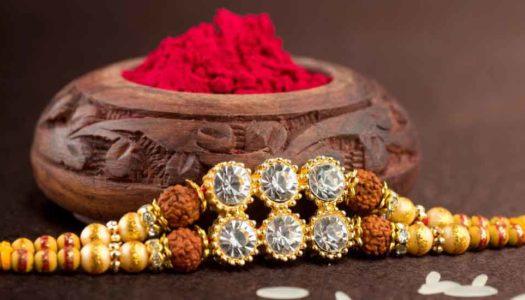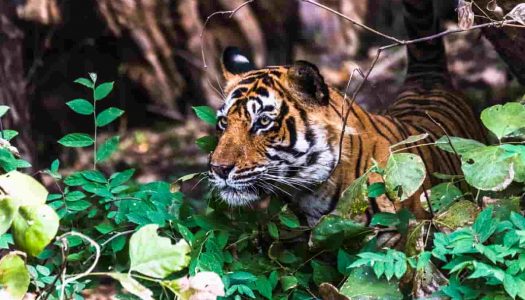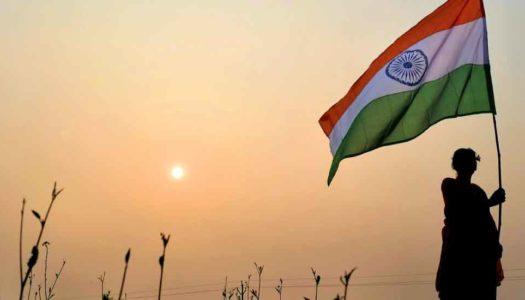Indian Independence Day is celebrated on 15th August. This year, on August 15, 2025, India celebrates its 78th Independence Day. The country had been ruled by the British Crown from 1858 to 1947, before which the British formed the East Indian Company that existed from 1757 to 1857. The first major uprising against British rule occurred in 1857 which is famously called the Indian Rebellion of 1857, after which the British hold on the Indian subcontinent grew stronger than before. Several freedom fighters immersed themselves in the Indian Independence Movement and fought the British bravely, and ousted them forever on 15th August 1947.
There are several events that are closely associated with Independence Day. Let’s take a look at the top 10 important facts about Indian independence below.
Book Budget Hotels in Bangalore
10 Interesting Indian Independence Facts
1. Indian National Anthem adopted only in 1950
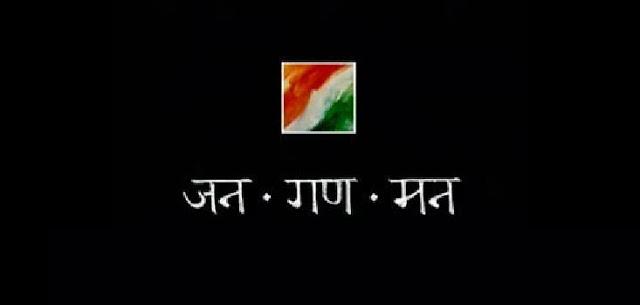
At the time of independence, India did not have an official national anthem. The song Bharoto Bhagyo Bidhata composed in 1911 by Rabindranath Tagore, was renamed as ‘Jan Gan Man’ and adopted by the Constituent Assembly of India as the national anthem on 24th January 1950.
2. The Indian Flag Was First Hoisted in 1906
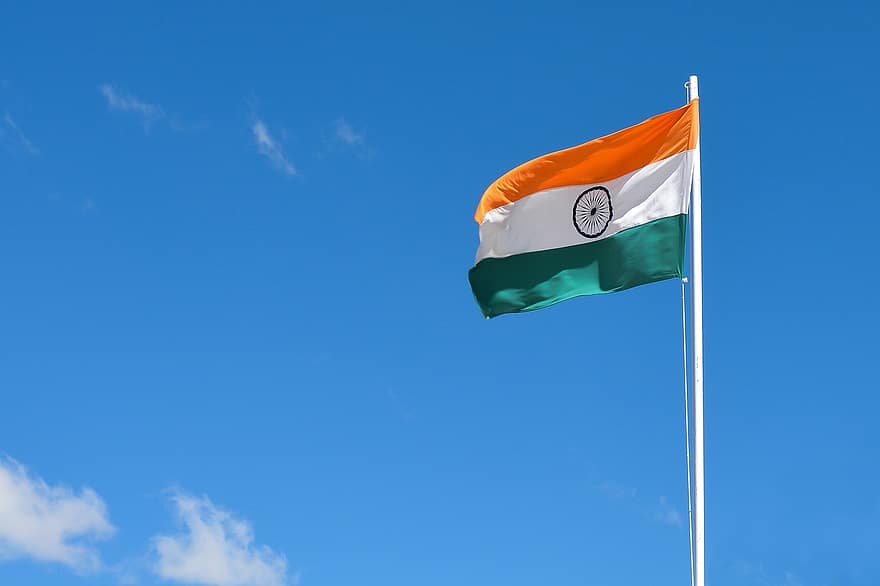
The Indian national flag with 3 horizontal stripes of red, yellow and green was hoisted on 7th August 1906 at Parsee Bagan Square, Kolkata. The first variant of our current national flag was designed by Pingali Venkayya in 1921. The current flag with saffron, white and green stripes with the 24-spoke Ashok Chakra was officially adopted on 22nd July 1947 and hoisted on 15th August 1947.
3. Lord Mountbatten Chose 15th August as Indian Independence Day
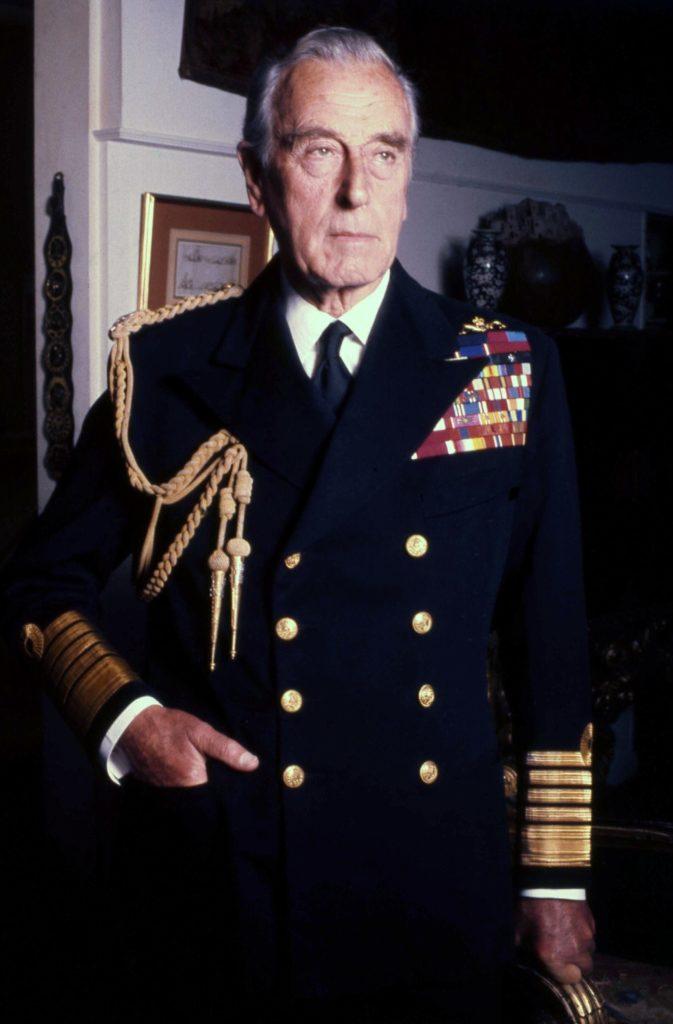
Although the Indian Independence Act was approved on 18 July 1947, Lord Mountbatten chose 15th August as the date of Indian independence as it coincided with the date of Japan’s surrendering to the Allied Forces after World War II.
4. Our National Song ‘Vande Mataram’ Was Part of a Novel
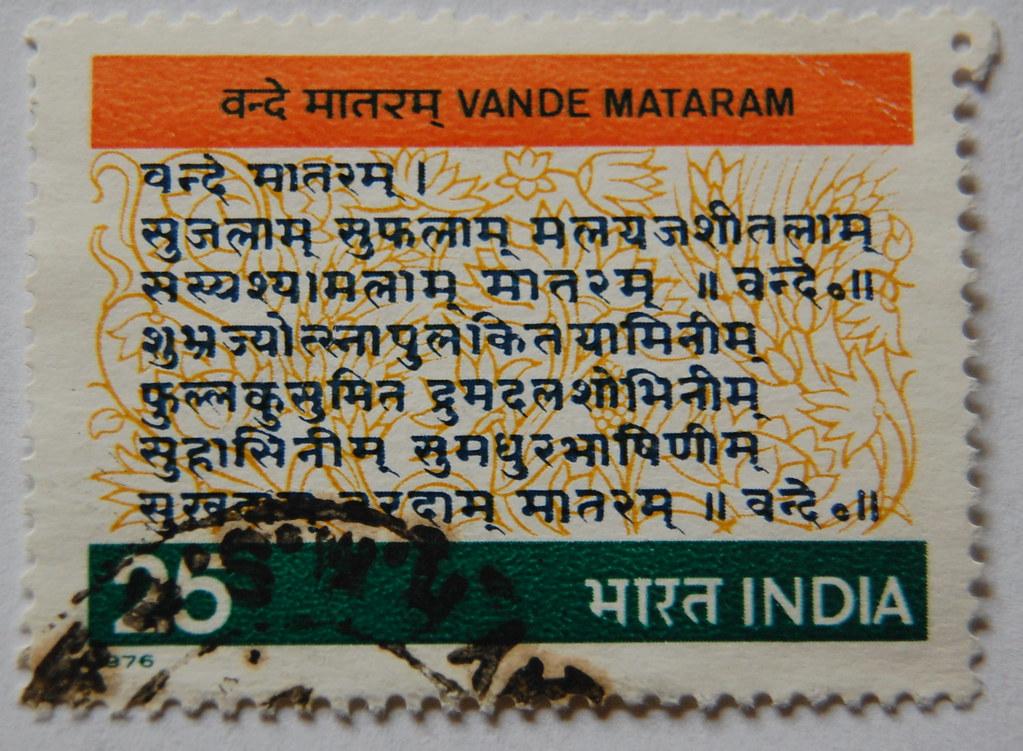
The national song ‘Vande Mataram’ composed by Bankim Chandra Chatterjee was indeed part of his novel Anandamath written in the 1880s. This song was first sung by Rabindranath Tagore in 1896. Vande Mataram was adopted as the national song on 24 January 1950.
5. The Radcliffe Line Was Officially Published on 17th August 1947
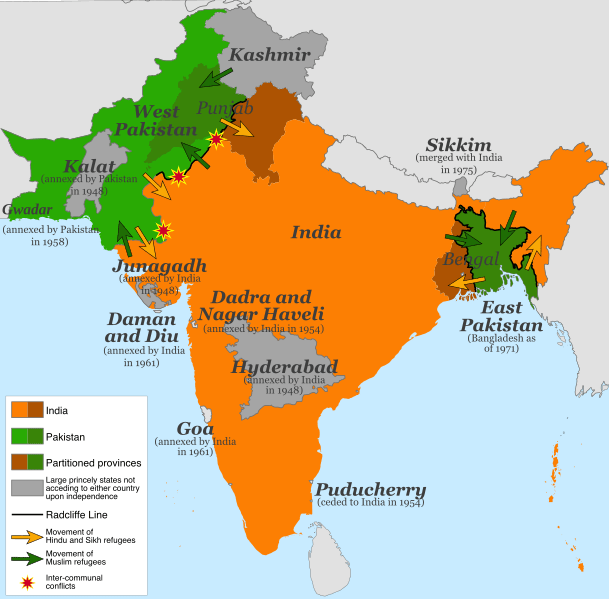
The Radcliffe Line, the demarcation line drawn by Sir Cyril Radcliffe to depict the Pakistani and Indian portions of Punjab and Bengal was completed on 3rd August 1947. But it was officially published only on 17th August 1947, 2 days after India got her independence from the British.
6. Rabindranath Tagore Penned the National Anthem of Bangladesh

‘Amar Sonar Bangla’ was written by Rabindranath Tagore in 1905. The first 10 lines of this song was adopted as the national anthem of Bangladesh in 1971, during its liberation war.
7. M Karunanidhi Wrote to the PM Asking CMs to Unfurl the Flag on Independence Day

Until 1973, the Governors of the respective states unfurled the national flag on Independence Day. The Chief Ministers of the respective states commenced unfurling the Indian flag only from 1974. Tamil Nadu’s Chief Minister, M Karunanidhi, played a major role in initiating this tradition. He wrote a letter to the then Prime Minister of India, Indira Gandhi, highlighting the different practice followed in Delhi. This suggestion was accepted by the Central government.
8. 5 More Countries Celebrate Independence Day on 15th August
Apart from India, 5 other countries celebrate Independence Day on 15th August. These include North Korea, South Korea, Republic of Congo, Bahrain and Liechtenstein.
9. Goa Was the Last State to Join the Indian Territory in 1961
Even after India attained independence on 15th August 1947, Goa remained under Portuguese control. It was annexed to India by the Indian troops only in 1961. Thus, Goa was the last state to join the Indian territory.
10. The Indian Flag Is Manufactured at only One Place in India
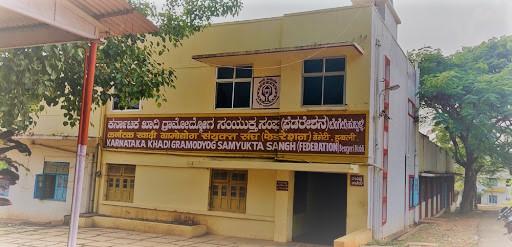
The Indian flag is manufactured and supplied from only one place in the country. The Karnataka Khadi Gramodyoga Samyukta Sangha (KKGSS), located in Dharwad, Karnataka, has the authority to manufacture and supply the Indian flag. According to the Bureau of Indian Standards, the national flag is manufactured only with hand-spun and handwoven cotton khadi bunting.
These are the 10 interesting and lesser-known facts related to Indian Independence Day. Hope you enjoyed reading!
You may also like
10 Fascinating Historical Places in India
National Festivals of India That You Must Experience



















